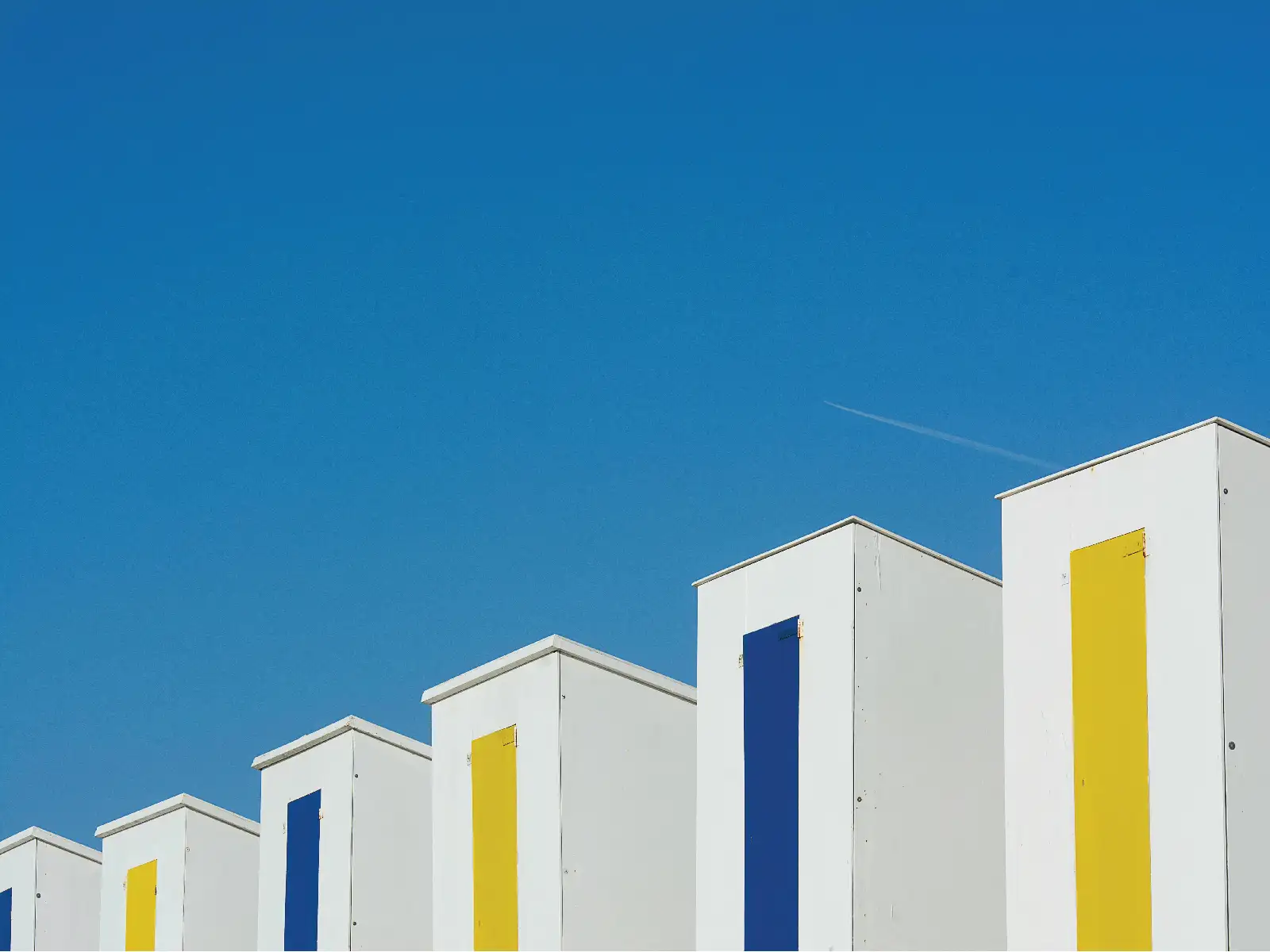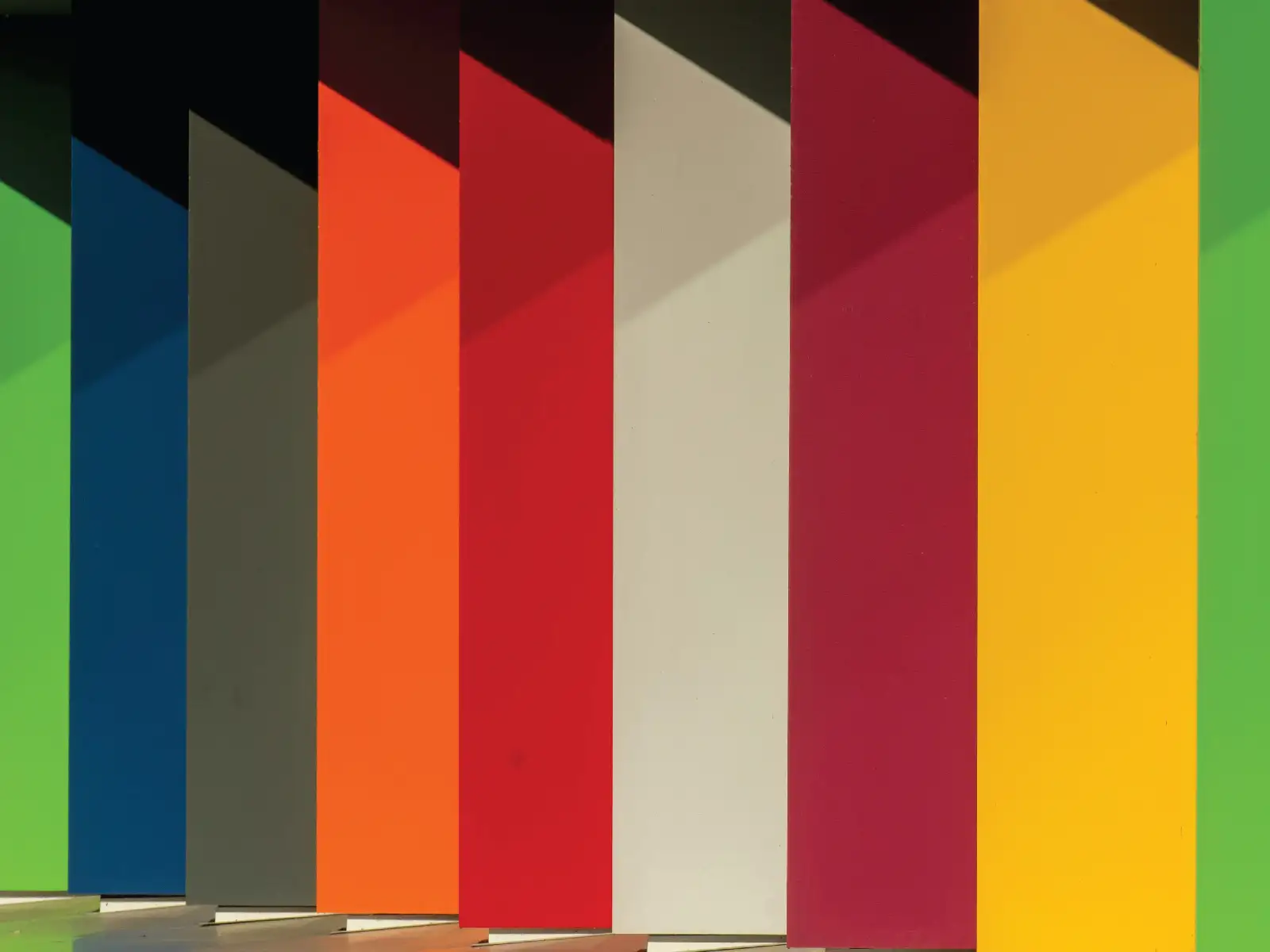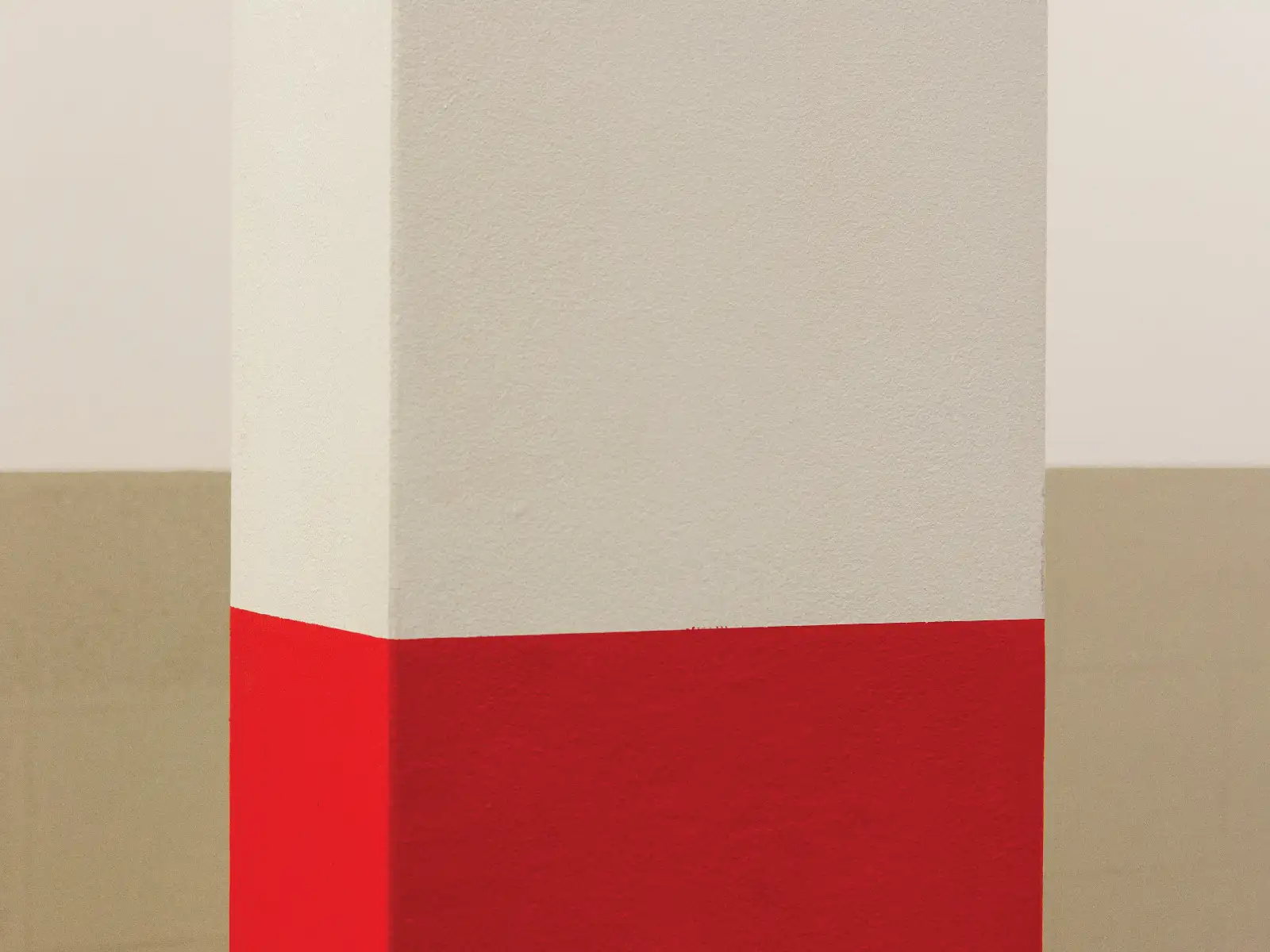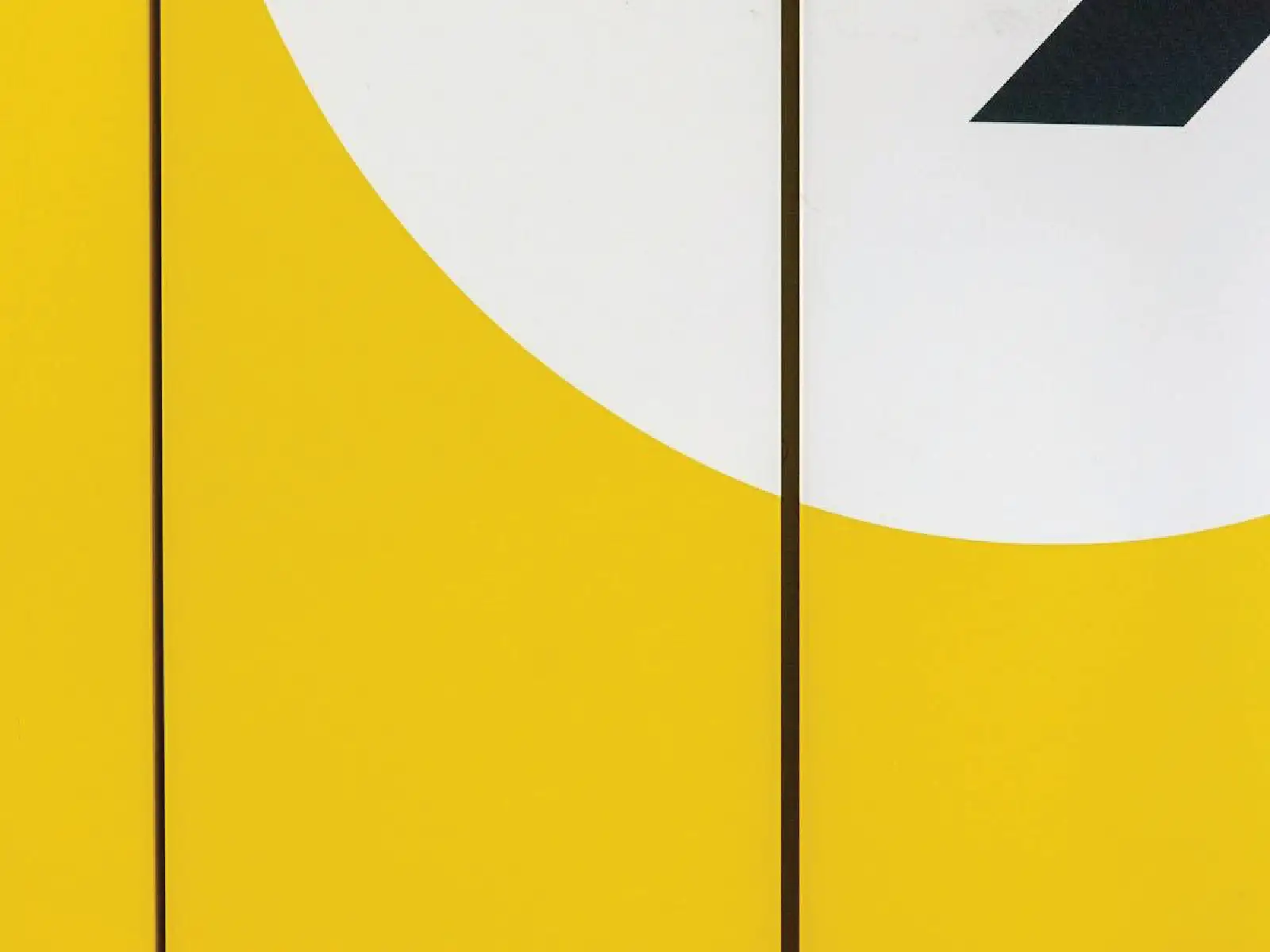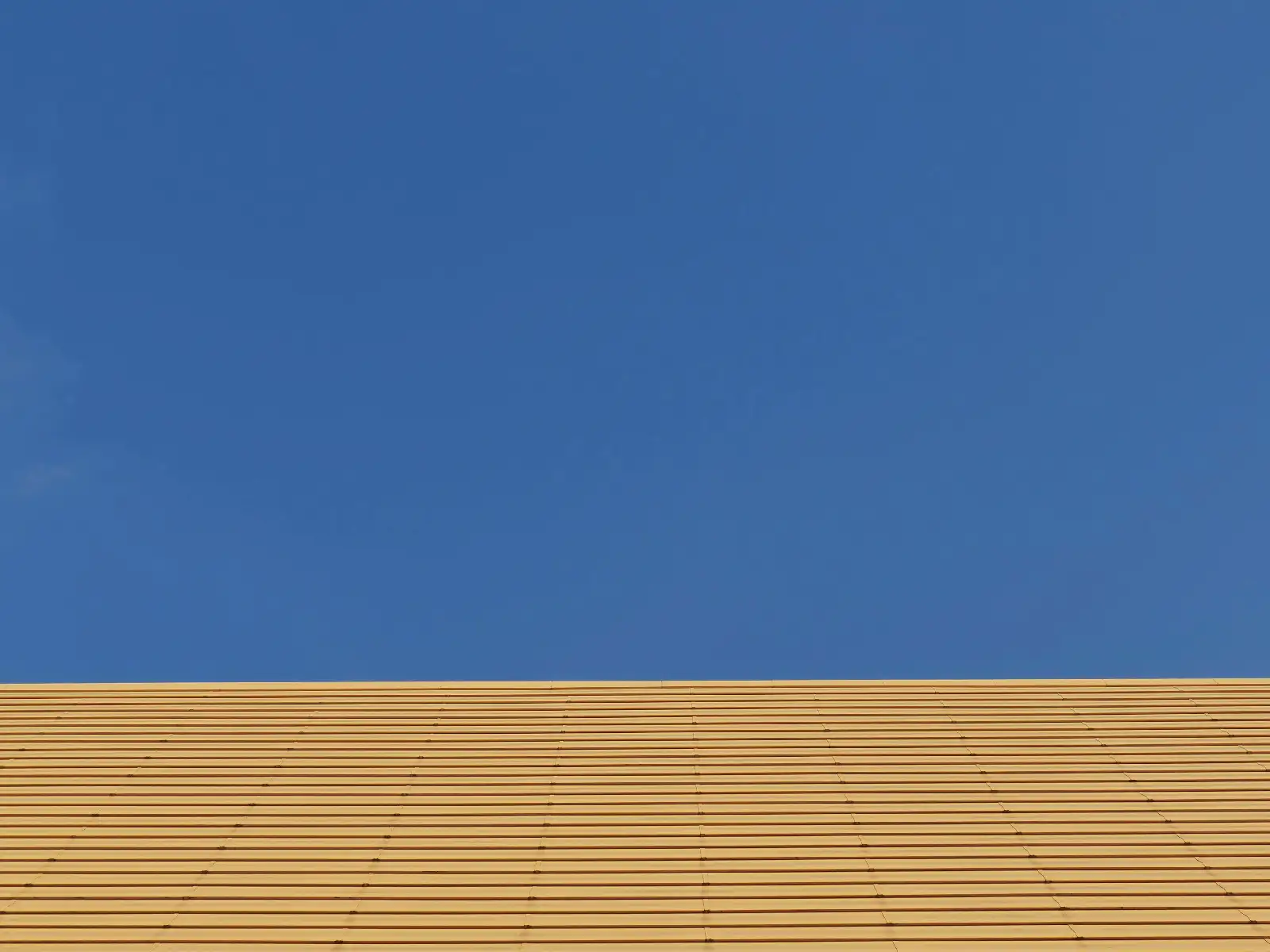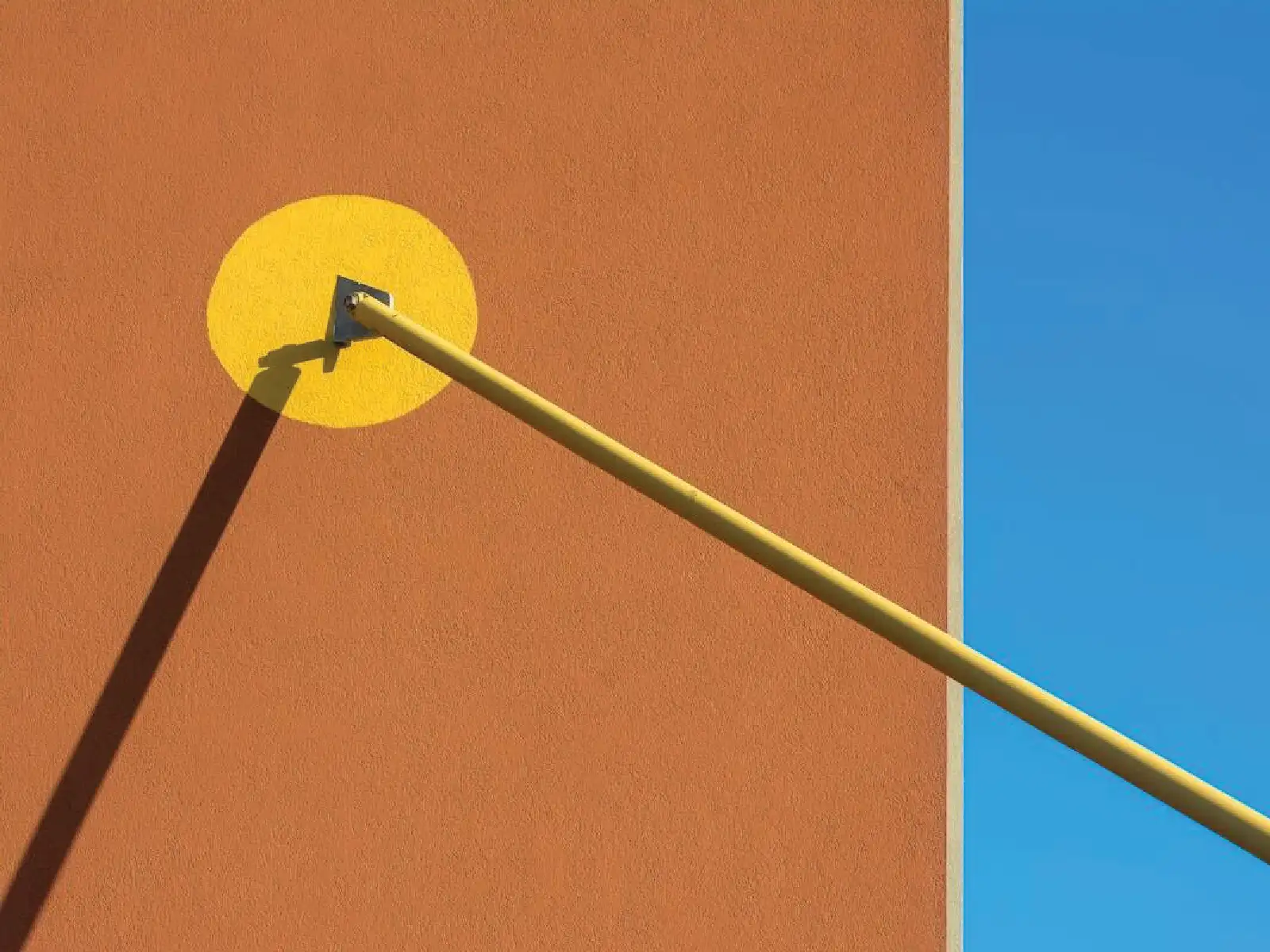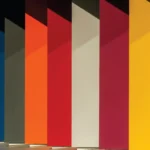THERE EXISTS a peculiar alchemy in Vancouver’s relationship with its own beauty; a transmutation of natural splendor into economic instrument, of geographical fortune into moral hazard. The city spreads itself between mountains and sea with the confident grace of someone who has never questioned their right to occupy such magnificent space. Yet beneath that postcard perfection lies something more troubling: the hollow ring of a place that has confused aesthetic value with human worth, scenic beauty with civic substance.
Vancouver has become Canada’s most successful performance of urbanity – a city that has learned to monetize its own reflection, to transform geographical accident into real estate destiny. But performances, however polished, eventually reveal their essential artifice. And Vancouver’s performance, for all its visual brilliance, increasingly feels like an elaborate costume masking a profound emptiness at the city’s moral center.
STAND AT ANY ELEVATED VANTAGE POINT in Vancouver – the Cambie Bridge, Queen Elizabeth Park, the North Shore mountains- and witness the city’s seductive power to overwhelm critique through sheer visual force. The glass towers catch Pacific light like prisms, the harbor stretches toward infinite possibility, the mountains frame everything with alpine authority. It is, undeniably, one of the world’s most beautiful urban settings.
This beauty, however, has become Vancouver’s original sin: the foundation for its transformation from working port city into luxury commodity. The city learned early that its natural assets could be packaged, marketed, and sold to the highest bidder. Not merely sold as experience or lifestyle but literally sold; as condominiums with million-dollar views, as real estate investments that treat shelter as speculative instrument, as entry points into a global market where geographical beauty becomes liquid capital.
Walk through Coal Harbour or Yaletown and observe the architecture of this commodified sublime: pristine towers that seem designed more for visual impact than human habitation, public spaces that feel curated rather than lived-in, streetscapes that prioritize photogenic potential over social vitality. These are neighborhoods built not for communities but for portfolios, not for residents but for investors who may never set foot on Canadian soil.
The tragedy is not that Vancouver is beautiful; beauty remains one of humanity’s great achievements. The tragedy is that it has allowed that beauty to become an excuse for moral vacancy, a justification for treating the city as aesthetic object rather than social organism. When your primary asset is your appearance, you begin to confuse surface with substance, image with identity.
The Laundered City
Vancouver’s housing crisis represents more than economic dysfunction; it constitutes a form of violence against the very concept of place-based community. When the median home price exceeds $1.8 million, when young families require inheritance or exodus, when service workers cannot afford to live in the communities they serve, housing ceases to function as shelter and becomes purely speculative instrument.

But this crisis did not emerge through market forces alone. It was cultivated, encouraged, facilitated by a city government that chose to treat residential neighborhoods as investment opportunities for offshore capital. Vancouver became not just expensive but strategically expensive – a place where policy actively encouraged the transformation of homes into investment vehicles, of neighborhoods into portfolio assets.
The result is a city increasingly populated by capital rather than community; where entire blocks remain darkened because their function is value storage rather than human habitation, where schools close due to declining enrollment while luxury towers rise empty against mountain backdrops. This is not urban development; it is municipal money laundering on an architectural scale.
The moral obscenity becomes visible on any walk through the city’s core: homeless encampments clustering in the shadows of multimillion-dollar condominiums, service workers commuting hours from affordable periphery to serve the luxury center, elderly residents displaced from neighborhoods they helped build by speculation they cannot compete against. The proximity of extreme wealth and desperate poverty would be merely tragic if it were accidental. That it is intentional, the predictable result of policy choices, renders it unforgivable.
VANCOUVER HAS PERFECTED a particular form of cultural narcissism disguised as enlightenment; a civic personality built around wellness, sustainability, and lifestyle optimization that functions as sophisticated form of exclusion. This is a city that congratulates itself on bike lanes while pricing out cyclists, that celebrates local food while displacing the communities that grew it, that promotes mental health while creating economic conditions that devastate psychological well-being.
The wellness industry represents Vancouver’s most successful cultural export: the idea that individual optimization can substitute for collective responsibility, that personal transformation can replace social transformation, that consuming the right products and adopting the right practices can insulate you from systemic dysfunction. Yoga studios proliferate while mental health services decline. Organic markets thrive while food banks strain. High-performance athletic wear companies headquarter themselves in a city where many residents cannot afford gym memberships.
This commodified consciousness extends into every aspect of civic life. Environmental responsibility becomes a consumer choice rather than policy imperative. Social justice becomes a lifestyle brand rather than political commitment. Community becomes a demographic category rather than lived relationship.
The result is a city that has learned to perform progressive values while implementing regressive policies, that speaks the language of inclusion while practicing the grammar of exclusion. Vancouver’s cultural sophistication masks a deeper moral simplicity: the belief that good intentions can substitute for just outcomes, that aesthetic beauty can compensate for ethical ugliness.

The Hollow Cosmopolis
Vancouver projects itself as Canada’s most international city, its gateway to Asia and the Pacific, its bridge between cultures and civilizations. Yet this cosmopolitanism reveals itself, upon examination, as curiously shallow—more about facilitating capital flows than cultural exchange, more about market access than meaningful connection.
The city’s relationship with its Asian-Pacific identity exemplifies this hollow internationalism. Vancouver has welcomed massive capital investment from across the Pacific while showing little interest in the cultures and communities that investment represents. Chinese and South Asian residents remain marginalized from civic leadership even as their economic contributions subsidize city operations. International students generate enormous revenue while facing discrimination and exploitation.
This is cosmopolitanism as consumption rather than conversation; a city that wants the world’s money but not necessarily the world’s people, that desires global status without global responsibility. Vancouver has become a luxury service center for international capital, offering beautiful settings and political stability while asking few questions about the sources of that capital or the conditions of its accumulation.
The cultural emptiness becomes visible in the city’s entertainment districts, its public spaces, its civic institutions; all designed to facilitate consumption rather than creation, to showcase lifestyle rather than generate culture. Vancouver increasingly feels like a resort city that has forgotten it is supposed to be a home; a place designed for visitors rather than residents.
The Impossible Geography
Vancouver’s natural setting creates both its greatest asset and its fundamental limitation. Trapped between mountain and sea, the city cannot sprawl in the traditional North American pattern. This geographical constraint could have fostered density, innovation, and community; the conditions that create great cities.
Instead, Vancouver has used its geographical limitations to justify economic extremes. Because space is limited, they argue, high prices are inevitable. Because the setting is unique, exclusivity is natural. Because the location is special, ordinary people should expect to be excluded.
This geographical determinism obscures the reality that many great cities face similar constraints without producing similar inequalities. San Francisco, Hong Kong, Manhattan – all demonstrate that geographical limitation need not require social exclusion, that density can create opportunity rather than restrict it.

Vancouver’s failure lies not in its geography but in its imagination, its inability to envision itself as anything other than luxury resort, its refusal to consider that spectacular natural beauty might obligate rather than excuse, that geographical fortune might require rather than permit moral responsibility.
The Aesthetics of Abandonment
Perhaps the most damning aspect of Vancouver’s transformation is how it has abandoned not just affordability but ambition; how it has settled for being beautiful rather than striving to be important. The city has no great industries beyond real estate and resource extraction. It produces few ideas that matter beyond its borders. Its cultural life remains stubbornly provincial despite its international pretensions.
This intellectual vacancy correlates directly with its social vacancy. When a city’s primary function is aesthetic, when its main export is lifestyle, when its greatest achievement is its appearance, it inevitably becomes hollow at the center. There is no ‘there there’, as Gertrude Stein might have observed; only surface, only image, only the endless reproduction of its own reflection.
The tragedy is that Vancouver possesses all the ingredients for greatness: natural beauty, cultural diversity, technological infrastructure, educated population. Yet it has chosen to function as luxury amenity rather than urban engine, as passive recipient of global capital rather than active generator of human possibility.
The Reckoning
Vancouver stands at a threshold that it may lack the courage to cross: the choice between continuing as beautiful emptiness or risking ugliness in service of substance. The city could use its wealth and setting to pioneer new forms of urban living, to demonstrate that density and beauty can coexist with affordability and justice, to prove that spectacular geography can inspire spectacular social innovation.
The path forward exists but requires Vancouver to value something more than its own reflection. The city must decide whether it wishes to remain a beautiful museum of its own potential or risk becoming something more difficult but more worthy: an actual place where actual people can build actual lives worthy of the spectacular setting they happen to inhabit.
